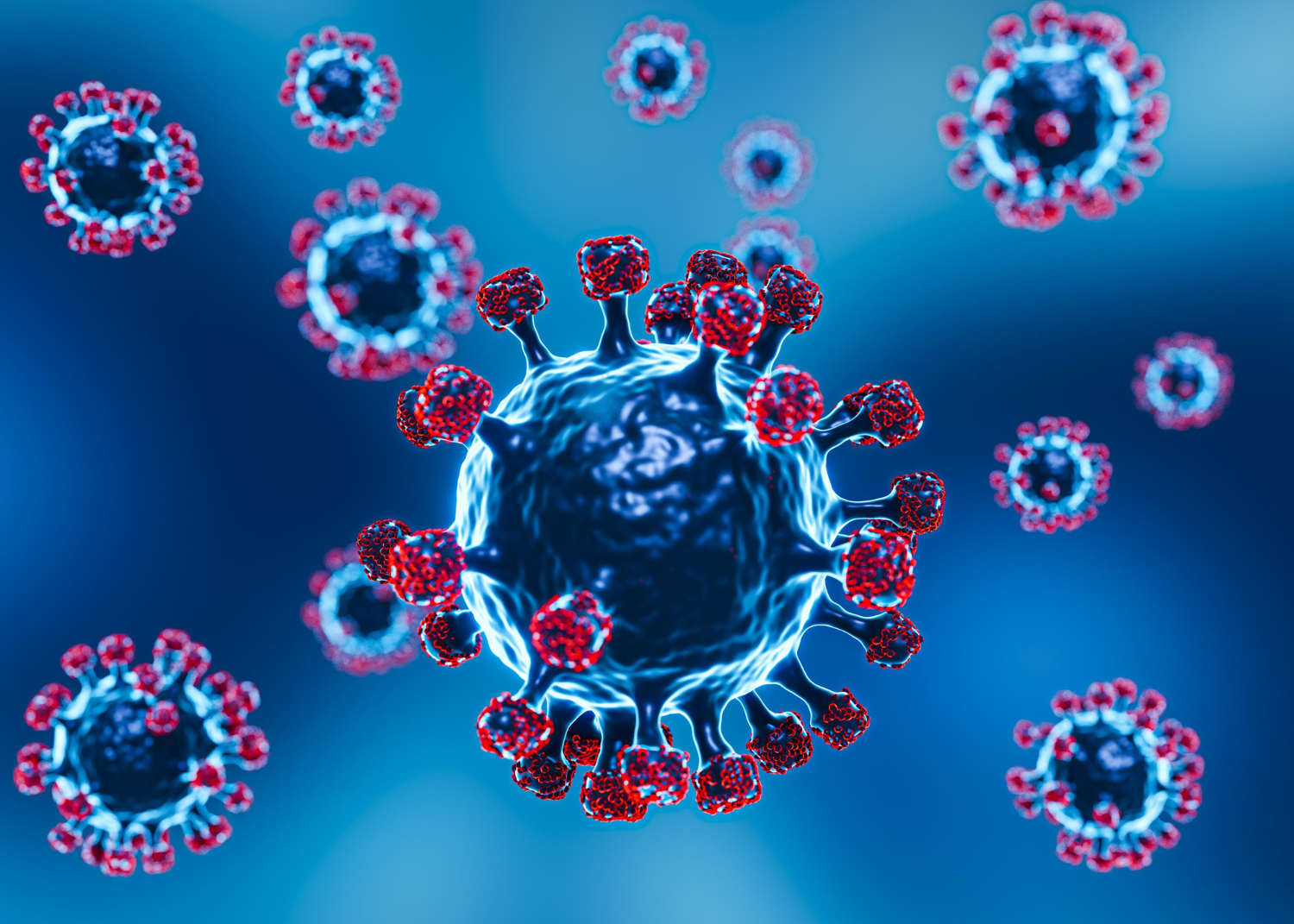JN.1, a mutated iteration stemming from the BA.2.86 variant, shares a lineage marked by significant changes in the virus’s spike protein. BA.2.86 initially raised concerns due to its 20 mutations within the spike protein, critical for the virus’s cell entry mechanism. JN.1, emerging from BA.2.86, exhibits a single alteration, yet its implications in transmission and impact remain under scrutiny. This evolution within the SARS-CoV-2 variants prompts ongoing monitoring and research efforts to comprehend the potential implications of this singular modification within the broader viral landscape.
JN.1 Variant: An Evolved Strain from BA.2.86 with Spike Protein Mutations in 6 countries
JN.1 variant, stemming from the Pirola variant and associated with the Omicron sub-variant, is causing concern due to its highly transmissible nature. Various countries, including Singapore, Indonesia, Malaysia, China, the Philippines, India, and the US, have reported an increase in COVID-19 cases related to this variant.
- Singapore: Noting a significant increase in cases, especially among older individuals, Singapore reported a surge in hospitalizations linked to the JN.1 variant.
- Indonesia: The country has seen a 13% rise in cases compared to November, primarily in Jakarta, with most cases being asymptomatic or mildly symptomatic.
- Malaysia: Cases have doubled within a week, prompting concern. The government is emphasizing community tracing and advising mask-wearing, especially for vulnerable groups.
- China: While reporting few JN.1 cases, China classified them as mild or asymptomatic, stating a low epidemic level.
- The Philippines: A notable increase in COVID-19 and flu-like illnesses has been observed in the country, recording a significant number of new cases.
- India: Kerala and Karnataka detected JN.1 cases, prompting containment measures. The Indian government has advised caution.
- US: The JN.1 variant’s prevalence in sequenced test samples has increased, surpassing 20% by early December, according to the Centers for Disease Control and Prevention (CDC).
The situation highlights a resurgence in COVID-19 cases related to this variant, prompting various countries to implement containment measures, advise caution, and intensify monitoring and testing efforts to curb the spread.

JN.1 Covid Variant Symptoms and Concerns: Transmissibility, Immune Response, and Severity Analysis
Health officials are closely monitoring the JN.1 variant, primarily scrutinizing its suspected characteristics, including heightened transmissibility and potential immune system evasion. However, while concerns loom over these attributes, there remains a lack of conclusive evidence supporting increased severity of illness attributed to JN.1 compared to other existing variants. This ongoing evaluation underscores the significance of understanding the variant’s behavior in transmission, immune response, and potential impact on illness severity, prompting continued vigilance and scientific scrutiny.









